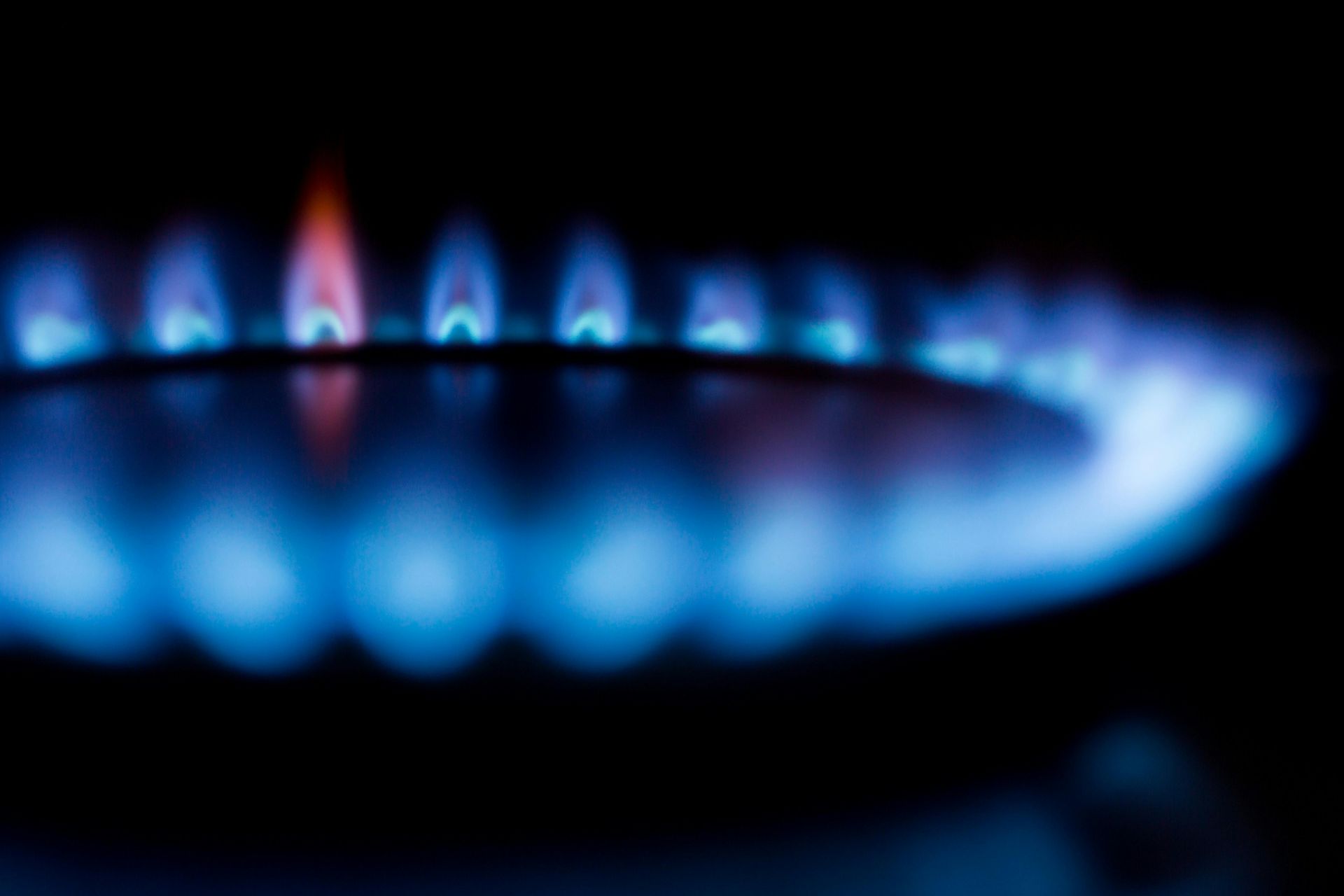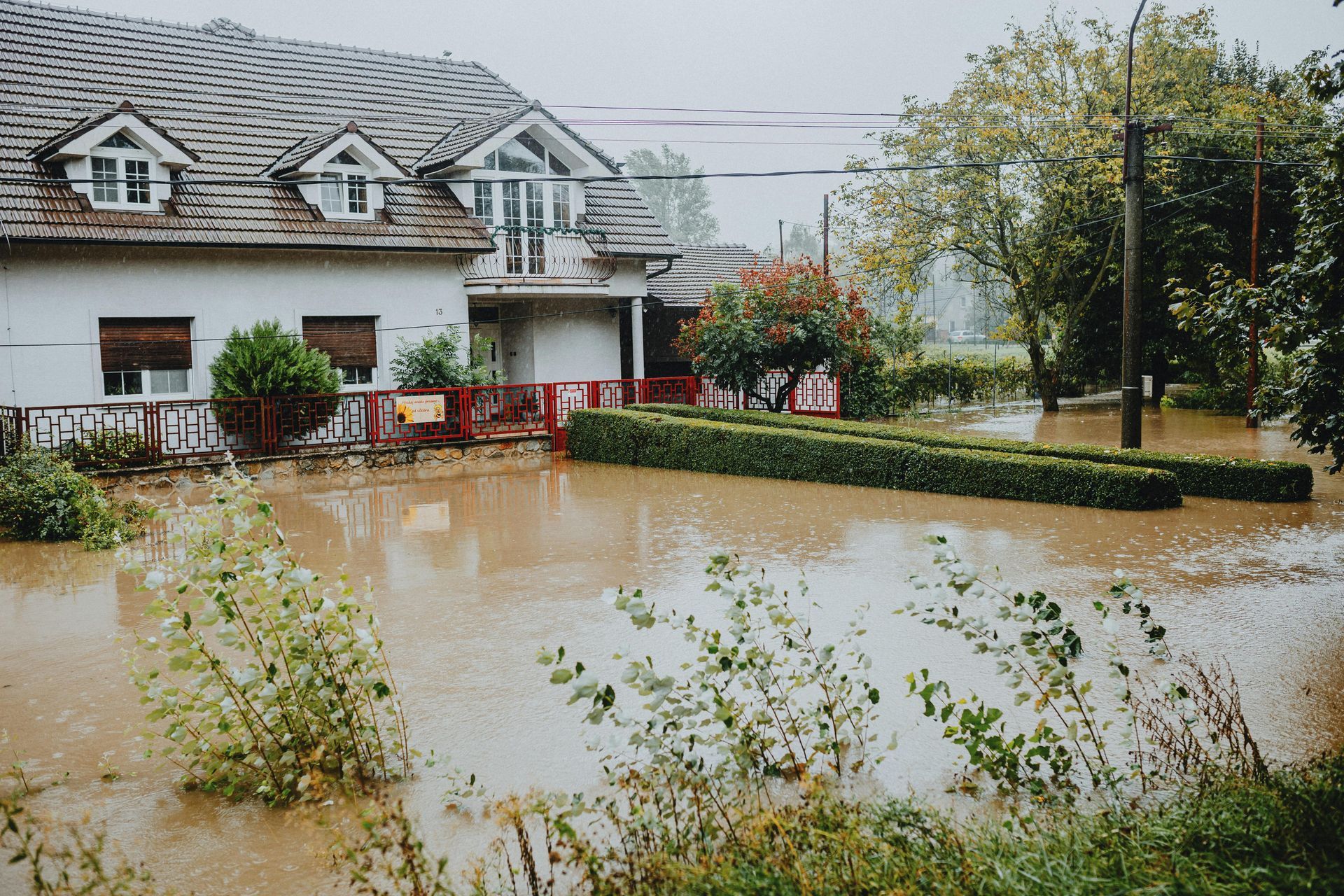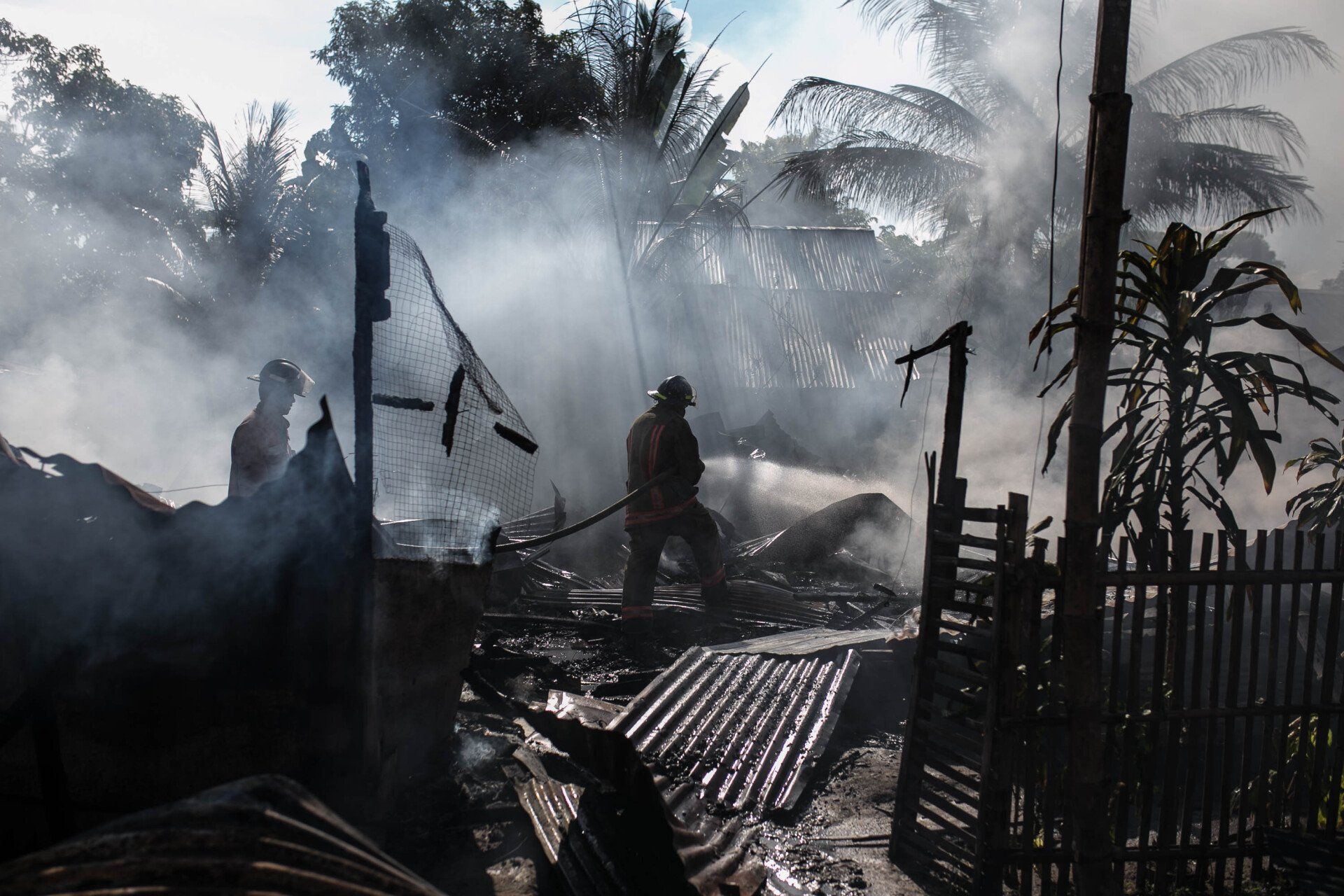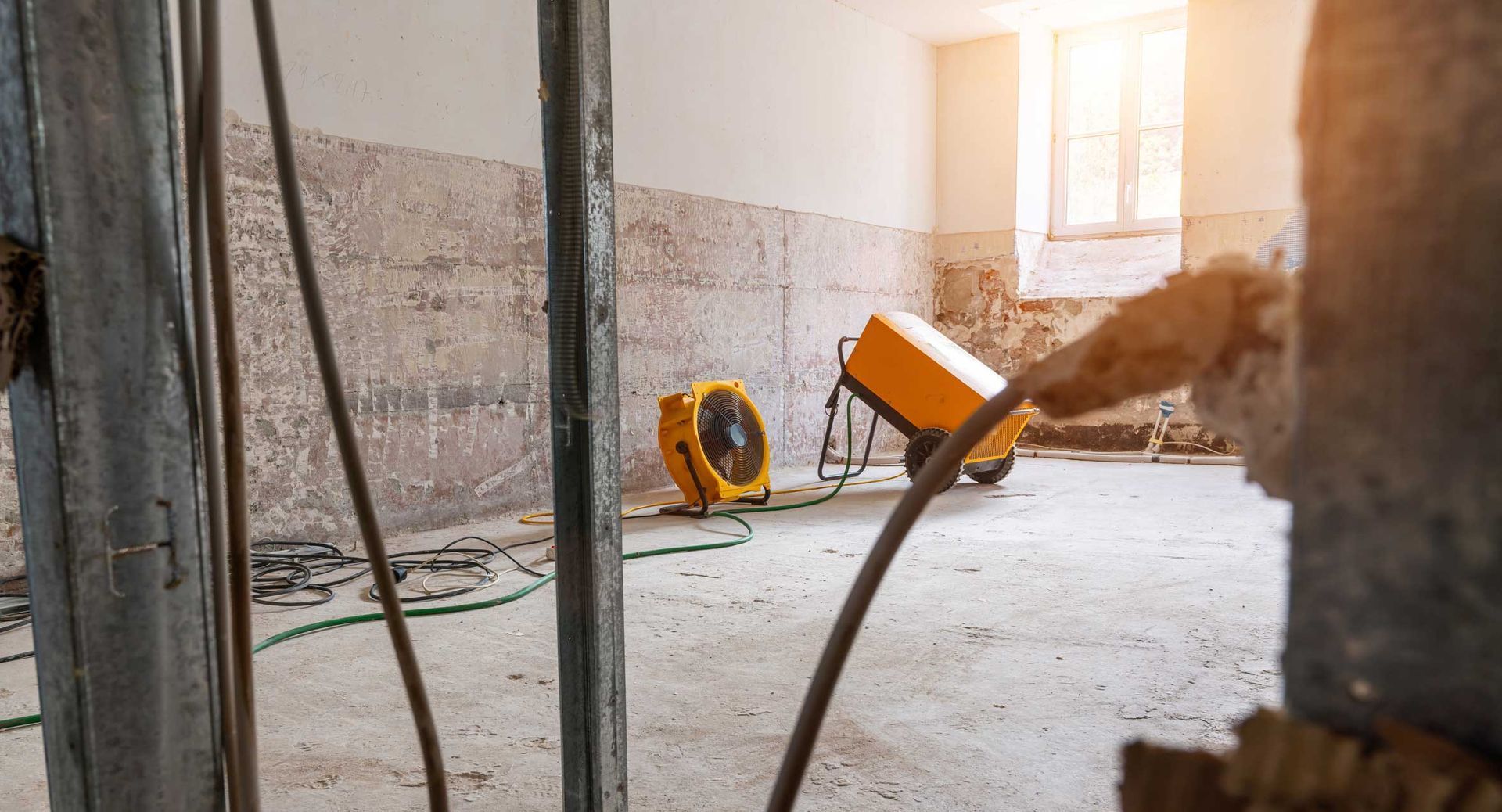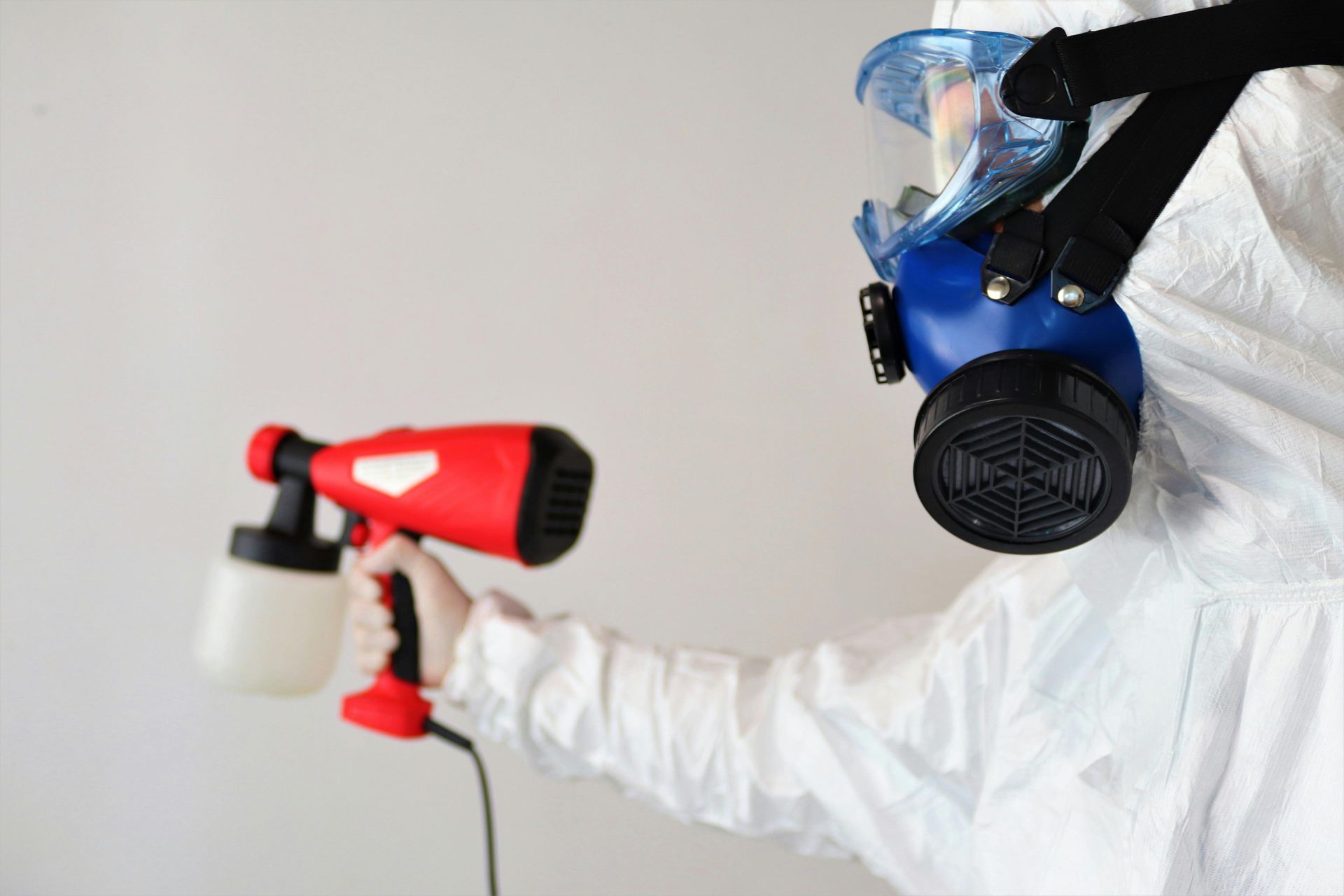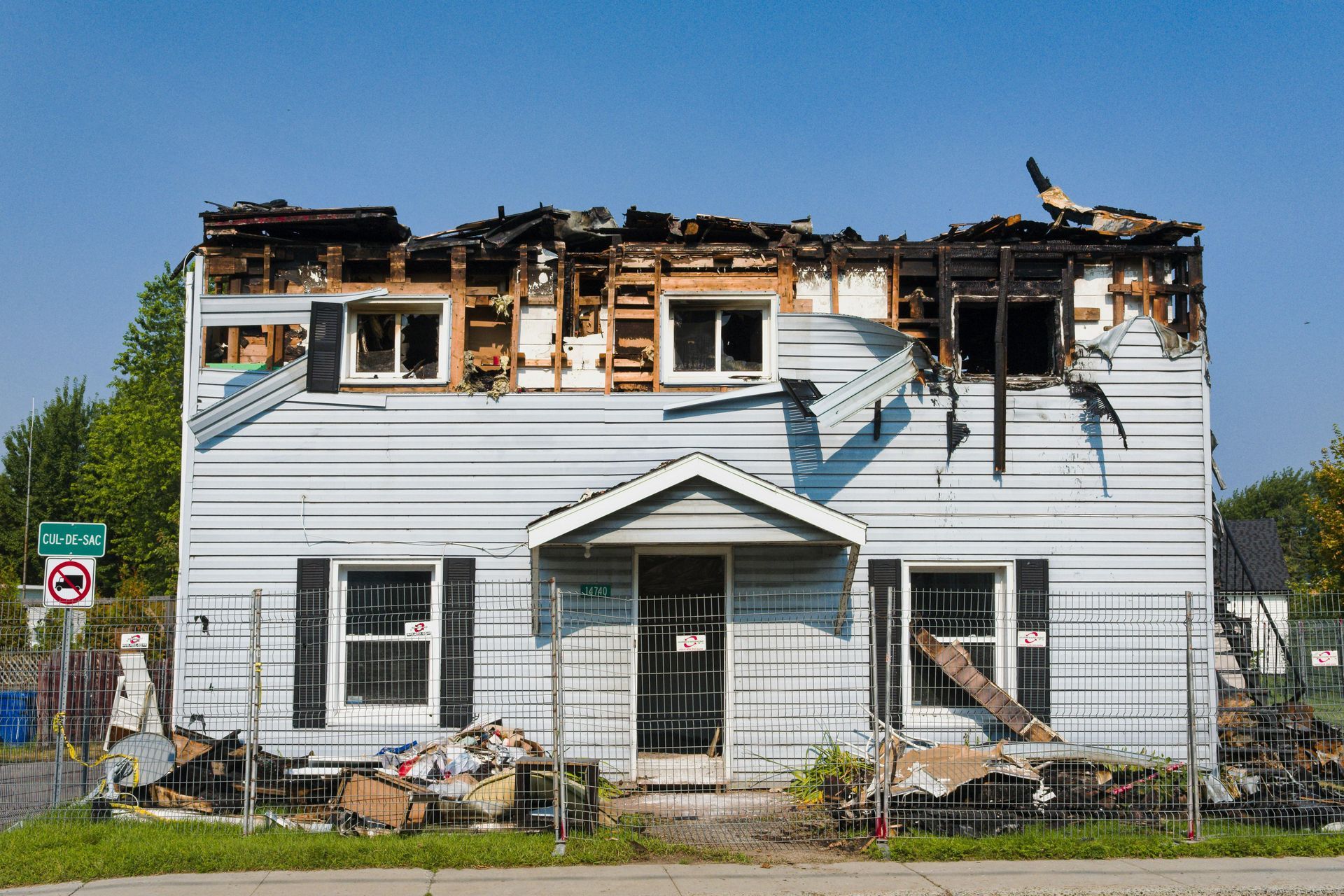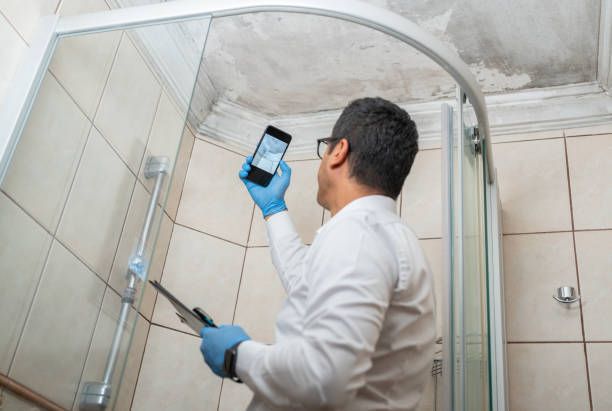How to Recognize Water Damage in Your Home: Essential Signs to Look For
How to Recognize Water Damage in Your Home: Essential Signs to Look For
Water damage can be one of the most devastating and costly experiences for homeowners. From structural instability to mold growth, water damage left unaddressed can have long-term consequences that are both financially draining and potentially hazardous to your health. That's why it's important to recognize signs of water damage early and take steps to protect your home.
In this article, we will discuss what water damage is, how it occurs, and the various signs that can indicate its presence.
Water Damage and Its Causes
Water damage is a type of property damage caused by excessive moisture entering and saturating any material that can absorb it. It can occur due to natural disasters such as flooding, storms, or other events caused by extreme weather conditions. Water damage may also be the result of plumbing failures such as leaking pipes, faulty appliances, broken water heaters, and more. It is important to be aware of the signs of water damage and take action quickly if you suspect any kind of moisture-related issue.
Common signs that may indicate a problem with water damage include discolored areas on walls or ceilings, peeling paint, warped flooring, and musty odors. Other warning signs are water stains on furniture, appliances, or fixtures, standing water on the floor, and sagging ceilings or walls. If you notice any of these signs, it is important to investigate the problem further right away.
A key step in preventing water damage is regular inspection and maintenance of your home's plumbing systems. This includes checking for leaks, inspecting appliances or fixtures for signs of corrosion or wear, and ensuring that all pipes and valves are properly sealed. If any of these inspections reveal a potential problem, it is important to fix it right away to avoid costly repairs in the future.
Why is Early Detection Important?
Water damage is pervasive and can cause a variety of problems for homeowners. It is important to be aware of the early signs of water damage in order to minimize the risk of further issues down the line. Neglecting water damage can lead to mold growth, structural damage, and increased repair costs. Keeping an eye out for common indicators of water damage, such as water spots, condensation build-up, or discolored paint, can help you take the necessary steps to protect your home.
If water damage is suspected, it is important to act quickly in order to reduce the amount of damage that may occur. Professional water mitigation services are available and can help identify the source and extent of any water damage present. Knowledge of the early signs of water damage can help prevent minor issues from turning into bigger problems. Taking proactive measures to detect and address any potential water damage can save time, money, and frustration in the long run.
If you suspect that your home may have experienced some form of water damage, don't hesitate to seek professional help. Doing so can help minimize or even prevent further damage, protect your home's structure and interior, and ensure that the restoration process is completed quickly and efficiently.
Signs of Water Damage in Your Home
Water damage is a real problem for many homeowners. When water penetrates into the structure of your home, it can cause severe long-term damage and even lead to health complications. It is important to be aware of the various indicators that point to water damage in order to act quickly and prevent further destruction. Here, we will detail some of the most common signs that homeowners should be aware of.
- Discoloration or Staining: Discolorations or stains on walls, ceilings, and floors may indicate water damage in your home. This can be caused by excess moisture in the air, which causes discoloration as the moisture is absorbed through porous materials like wood or drywall.
- Warping & Buckling: Another sign of water damage is warping and buckling in your floors or walls. Water-logged materials swell and warp when exposed to excessive moisture, so if you notice any warping or buckling in your floors, walls, or ceilings, it is a definite sign of water damage.
- Musty Odors: Musty odors are a tell-tale sign that there is excessive moisture in the air and may indicate that there might be hidden water damage. If you smell mustiness in any area of your home, investigate further and look for other signs of damage.
- Peeling Paint or Wallpaper: Peeling paint or wallpaper can also be a sign of water damage. When walls are exposed to excessive moisture, the paint will start to bubble up and peel off. If you notice any peeling on the walls in certain areas of your home, it is important to investigate further.
Visible Signs
Water damage is often easy to detect. Common signs of water damage include water stains on walls and ceilings, warping or bubbling paint, and mold growth. These are all indicators that a house has experienced a significant amount of moisture build-up in the walls, floors, and roof. The longer such issues go undetected, the worse the damage can become.
Hidden Signs
However, not all signs of water damage are visible to the naked eye. Homeowners should also be aware of hidden indicators that a home is experiencing water damage, such as damp or musty smells, changes in the home's foundation, and increased water bills. If these issues go unnoticed for too long, more severe damage may result.
Structural Signs
Structural signs of water damage include sagging floors or ceilings, doors and windows that are difficult to open or close, and visible cracks in walls. These can all indicate a significant amount of moisture build-up in the home's structure and should be addressed immediately.
What to Do If You Detect Water Damage
Water damage is one of the most important issues that homeowners and business owners need to be aware of. It can cause serious damage if not addressed quickly. If you suspect water damage, the first step is to identify the source of the water and stop any further damage if possible. Document everything for insurance purposes, as it may be difficult to prove later on.
It is also essential to seek professional help to assess the damage and necessary repairs. Trying to fix water damage without expertise can cause more extensive harm, resulting in higher repair costs. The right professionals will have the knowledge and tools to ensure the job is done correctly from start to finish.
Ensure Your Home's Longevity With Northeastern Restoration
Water damage can be a huge disruption to your home. Whether caused by floods, ruptured pipes, fires, storms, or other events, it is essential to hire an experienced water damage restoration service as soon as possible. Such services remove damaged items and materials and clean up the affected areas to prevent further damage as well as mold and mildew growth.
Northeastern Restoration is an experienced team of professionals that can help restore your home or business quickly and efficiently. Our technicians are skilled and experienced in all aspects of water damage recovery, repair, and restoration services. Our team uses the latest tools to reduce the amount of time needed for repairs and will work diligently to ensure your safety as well as prevent future damage. Call us today!
